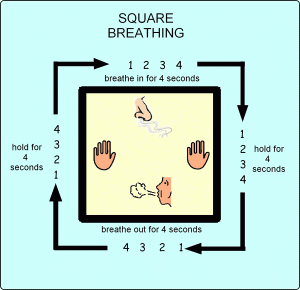KS Services is now offering ADHD Consultation services held by an ADHD Clinical Services Provider.

Image courtesy of Highland Springs Clinic
An ADHD consultation is an opportunity to explore a recent or suspected ADHD diagnostic impression in your family. The goal of these consultations is not to diagnose an individual but to provide a safe space for an individual or family system to process what an ADHD diagnosis can mean. Consultations are helpful if a person has already received a formal diagnosis or does not need a formal diagnosis to access support at work or school. Consultations are helpful if a person or family is seeking increased self-awareness, understanding, or resources.
A consultation session is client-led; the clinician will ask reflective questions that provide insight into where support may be needed for the individual or family. Often, consultations are an opportunity to reframe life experiences through the lens of ADHD - helping clients process past experiences with increased self-understanding and compassion. ADHD consultations specifically focus on increasing understanding about ADHD and its impact on a client’s daily routine outside of just “attention deficits.” Often clients leave feeling validated and working to externalize difficulties that have been previously framed as character flaws. Consultations also provide opportunities to explore local resources and identify area supports. Based on client feedback, the clinician will seek to offer practical easily-applicable strategies aligned with the client’s current needs.
Consultations are available as single and up to three sessions depending on client and family needs. Clinical recommendations will be made regarding how many consultations will be helpful based on the goals presented. Each consultation is $100 and can be done via phone, virtual meeting, or in person. Please note that the consultations are not able to be submitted for reimbursement to your insurance company as they are not direct clinical counseling support. Consultations can be with an individual, parents, or a family unit.
If you are interested in learning more about ADHD consultations, please feel free to reach out to counseling@keystoneservices.biz for a free 15-minute discussion about whether this would be the right fit for your child or family.










